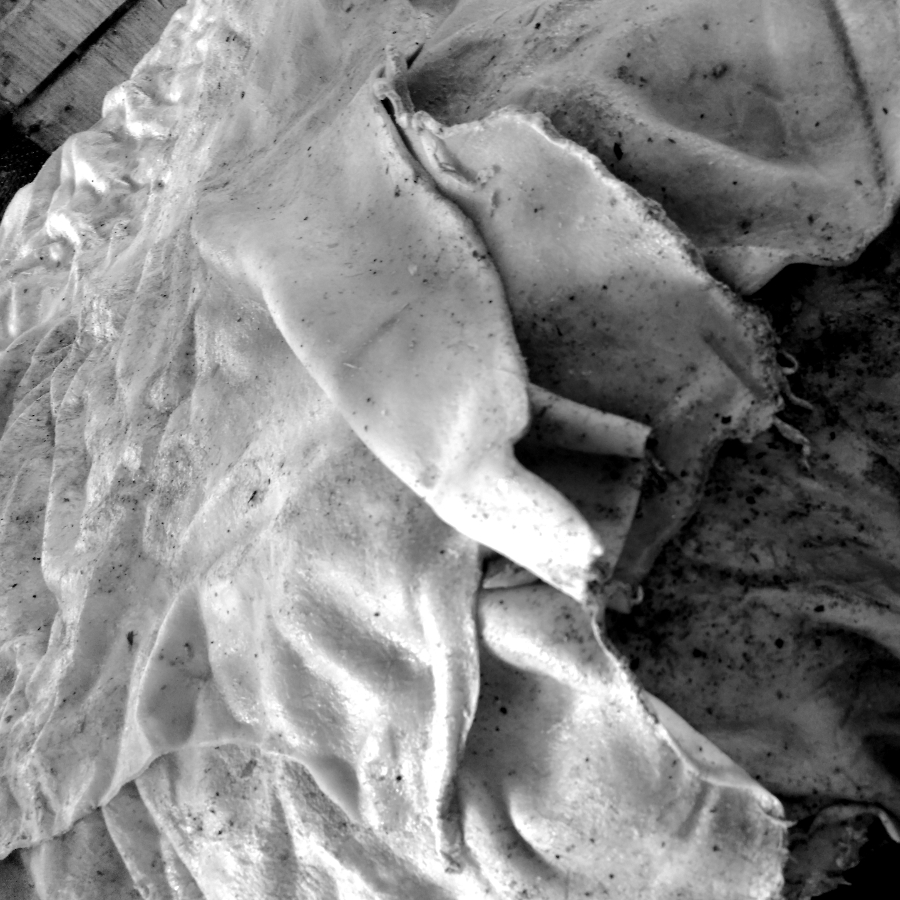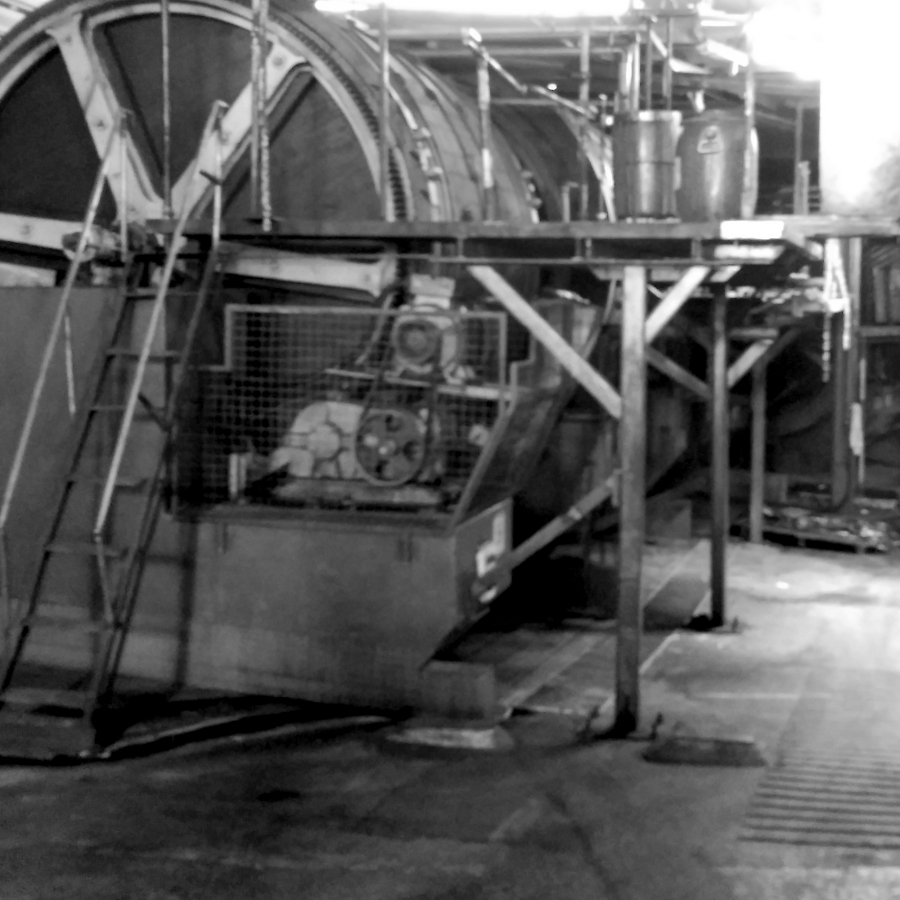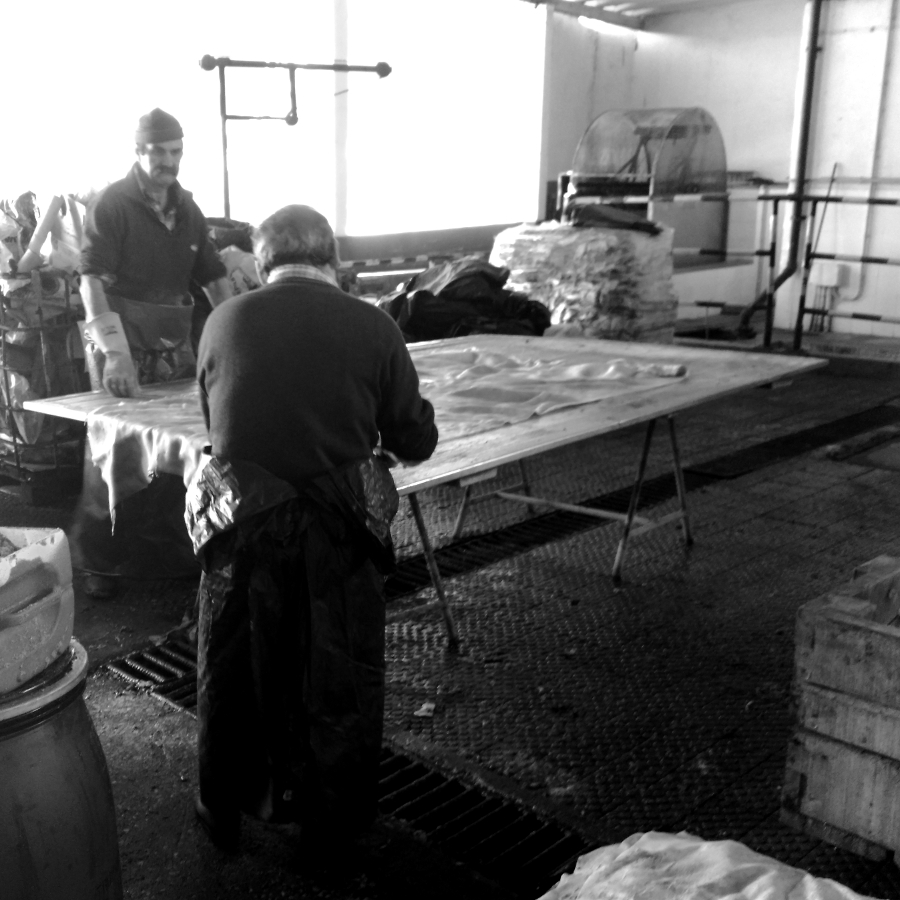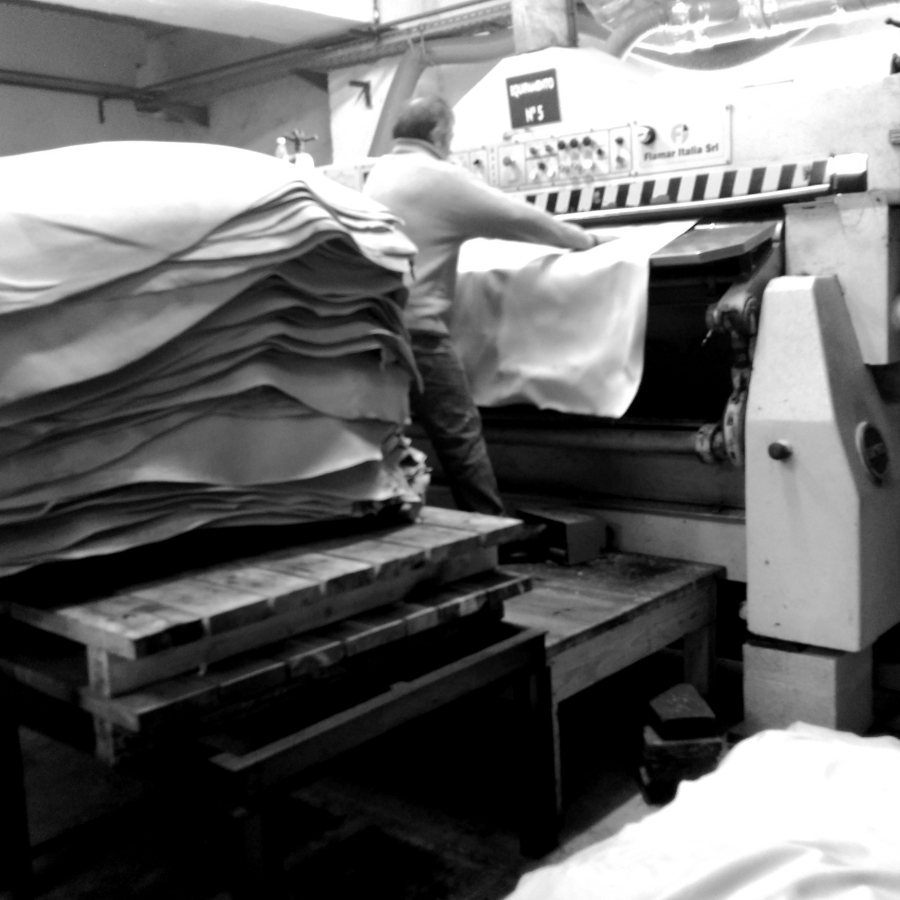Tabor is trying to reduce its ecological footprint by only utilizing vegetable tanned leather on its saddles.
In the tanning industry, leather is produced from animal skins, renewable raw material
that results as a sub-product from the slaughter of animals raised for meat production. From an ecological
point of view one can argue that this use avoids the degradation of tons of skins that would end-up in landfills,
with all the problems that come associated.
The downside of this activity is that generally used techniques of
manufacture are environmentally not friendly, generating large amounts of waste containing
chromium. In certain circumstances the environmental conditions can cause medium to
long term damages, some rust to the valence of chromium VI, making it dangerous.
To overcome the negative conditions of the production of leather with chromium, new processes and products for leather treatment are now making its way into the industry: vegetable agents are now employed instead of chromium by
using extracts of mimosa, "quebracho" or natural chestnut tree.
Tabor goes green, period.

Tanning industry is a large waste generator of residues that contribute to a high level of pollution within this sector of activity. Chromium high toxicity results in a negative environmental impact, both in human health as in nature itself. Although the use of chromium salts (III) present a lesser degree of danger than chromium (VI), whose carcinogenic effects are well established, there is still a risk of chromium (III) oxidization in the environment. As such, it's imperative that one substantially reduces the use of chromium in the tanning process.

With the goal of diminishing the environmental impact caused by chromium salts, leather tanning with synthetic and vegetables agents have been developed and perfected to mimic the characteristics of chromium. The resulting processed leather is named “wet-white”, were the leather that comes from this "natural" treatment is considered of exceptional quality, presenting consistent fibers, elasticity, good presentation and ease of manipulation.


Committed to increase environmental sustainability in all processes that undergo the making of a Tabor saddle, we only employ the finest cow leather obtained by vegetable tanning, making it a more conscious and environmentally friendly option.
In fact, the only possible option...
 Redirecting to PayPal...
Redirecting to PayPal...